Equestrian vaulting, often simply called vaulting, is a unique sport that combines gymnastics and dance on the back of a moving horse. In vaulting, vaulters perform choreographed routines that demonstrate balance, strength, flexibility and coordination.
Vaulting originated in ancient Rome as an equestrian circus performance act and later developed into a competitive sport in Europe. Today, equestrian vaulting is practiced around the world by recreational and competitive vaulters.
What is Equestrian Vaulting?
Equestrian vaulting is a sport where vaulters perform gymnastic movements and dance on the back of a moving horse. Vaulters may perform individually, in pairs or in larger teams.
The horse moves in a circle on a longe line controlled by a longeur while the vaulter performs choreography consisting of compulsory exercises and freestyle routines. Vaulters aim to demonstrate strength, flexibility, grace and control as they execute precise moves on the horse's back.
Competitive vaulting is judged on the vaulter's performance, horse's movement, and longeur's control. Vaulting requires close cooperation between human and horse athletes.

A Brief History of Equestrian Vaulting
- Equestrian vaulting originated with Roman riding exercises for mounting horses quickly. Roman cavalry candidates developed acrobatic moves to mount horses at speed.
- In medieval Europe, vaulting entertainment acts became popular, with vaulters performing at jousting tournaments and fairs.
- Vaulting schools began appearing in 19th century Europe, establishing vaulting as an art and discipline.
- Competitive vaulting events emerged in Germany in the 1920s. Vaulting later spread across Europe and then worldwide.
- Vaulting debuted as an FEI recognized sport in 1965 and became an official Olympic sport in 2020. There are now over 30 member nations in FEI vaulting.
Also read: How to become an equestrian?
Basic Vaulting Positions
Vaulters utilize three main positions while performing on the horse:
- Seat - Vaulter sits astride the horse as in regular riding
- Half Seat - Vaulter sits with one leg on either side of the horse
- Kneel - Vaulter kneels on one or both knees on the horse's back
Key Vaulting Moves
Some basic vaulting moves include:
- Mount - Vaulter performs a leap from the ground onto the horse's back
- Mill - Vaulter sweeps in a circle with one leg stretched overhead
- Scissor - Vaulter swings one leg over the horse's neck and back repeatedly
- Stand - Vaulter goes from a squat to standing upright on the horse's back
- Flank - Vaulter lifts one leg and stretches sideways parallel to the horse's barrel
Equestrian Vaulting Equipment
- Horse - Usually a stocky, sturdy breed like the Haflinger or Oldenburg. The horse moves on a longe line in a 15-20 meter circle.
- Surcingle - A leather or neoprene girth strap placed around the horse's barrel to provide handholds for vaulters
- Longe line - A 30+ meter line that attaches the horse to the longeur in the center
- Longeing whip - Used by the longeur to guide the horse
- Vaulting pads - Optional cushions placed on the horse's back under the surcingle
Also read: How much does equestrian cost? The Complete Guide to Equestrian Expenses
Competitive Equestrian Vaulting
There are two types of competitive vaulting events:
Individual - Single vaulters (often multiple per team) perform a one minute compulsory routine and a four minute freestyle routine to music. The vaulter is judged on technical execution, artistic merit, and horse/longeur performance.
Team - Teams of 6-8 vaulters perform choreographed routines featuring single, pair and group exercises. Team events include the compulsory test, freestyle and technical tests. Teamwork is paramount.
Compulsory routines feature required exercises that are scored for precise technical execution. Freestyle routines allow creative choreography, costumes, and music.
Equestrian Vaulting Training
Aspiring vaulters should begin by taking lessons at an established vaulting club. Key components of vaulting training include:
- Basic gymnastics - Develops strength, balance, coordination and body awareness
- Dance - Provides grace, fluidity, musicality and choreography skills
- Horsemanship - Understanding horse cues and movement is essential
- Flexibility - Vaulters require a high degree of flexibility to execute moves
- Core strength - A strong core stabilizes the vaulter during challenging exercises
- Cardiovascular fitness - Vaulters need endurance to perform demanding routines
Safety in Equestrian Vaulting
Although visually stunning, vaulting requires careful safety measures:
- Vaulters wear helmets to prevent head injuries from falls
- Soft-soled shoes provide grip without irritating the horse
- Horse and tack are carefully fitted and conditioned
- Longeurs are experienced equestrians with excellent horse control
- Strict rules govern falls - vaulters must land on their feet
- Spotters assist with tricky moves and catches
With the proper precautions, vaulting can be practiced safely, even by beginners. However, caution is always warranted when working around horses.

Equestrian Vaulting Governing Bodies
- FEI (Federation Equestre Internationale) - International federation that governs all equestrian sports, including vaulting, and organizes World and Continental Championships
- AVA (American Vaulting Association) - Governs vaulting in the USA and Canada. Organizes regional competitions and sends teams to international FEI events.
- BEV (British Equestrian Vaulting) - British national vaulting organization that promotes and facilitates vaulting competitions and education
- EVF (European Vaulting Federation) - Primary vaulting federation in Europe that works closely with FEI
Also read: What is Equestrian Camping? A Complete Guide for Horse Lovers
Getting Involved in Equestrian Vaulting
Those interested in getting started with vaulting should:
- Take beginner lessons at an established vaulting club or school
- Check regional and national vaulting organizations for event listings, club directories and learning opportunities
- Attend vaulting competitions and demonstrations to see the sport in action
- Connect with vaulters and longeurs via social media groups and forums
- Consider volunteering at vaulting events to gain experience
Vaulting welcomes recreational vaulters of all ages and backgrounds. With the right introduction and training, anyone can learn to enjoy this unique equestrian sport.
Frequently Asked Questions About Equestrian Vaulting
What is the difference between vaulting and gymnastics?
While vaulting utilizes gymnastic moves, it is performed on a moving horse, requiring greater coordination, balance and horsemanship. In gymnastics, the gymnast has a stationary apparatus while in vaulting the horse is moving.
At what age can you start vaulting?
Many vaulters begin taking lessons as young as 5 or 6 years old. However, people of any age can be introduced to vaulting. Beginners generally start by learning on the horse walk before progressing to the canter.
Do you need previous riding experience to start vaulting?
No, complete beginners can start vaulting though some basic horsemanship knowledge is beneficial. Vaulters mainly learn riding skills specific to vaulting under the guidance of an instructor.
What breeds of horses are used for vaulting?
Stocky, sturdy draft crosses like Haflingers, French and German Oldenburgs are most often used. The horse needs good temperament, sturdy back and smooth canter.
Is vaulting safe? What precautions are taken?
With proper precautions, training and conditioning of horse and vaulter, vaulting can be practiced safely. Vaulters use equipment like helmets, soft shoes and landing mats and are spotted on tricky moves.
Conclusion
Equestrian vaulting is a graceful, thrilling sport that develops coordination, fitness and artistry. Blending dance and gymnastics on a moving horse, vaulters display harmony between human athlete and equine partner. With the right introduction and training, vaulting can be enjoyed recreationally or competitively by people of all ages and athletic abilities. Those intrigued by this unique equestrian sport should seek out a qualified instructor to experience the joy and challenge of vaulting firsthand.



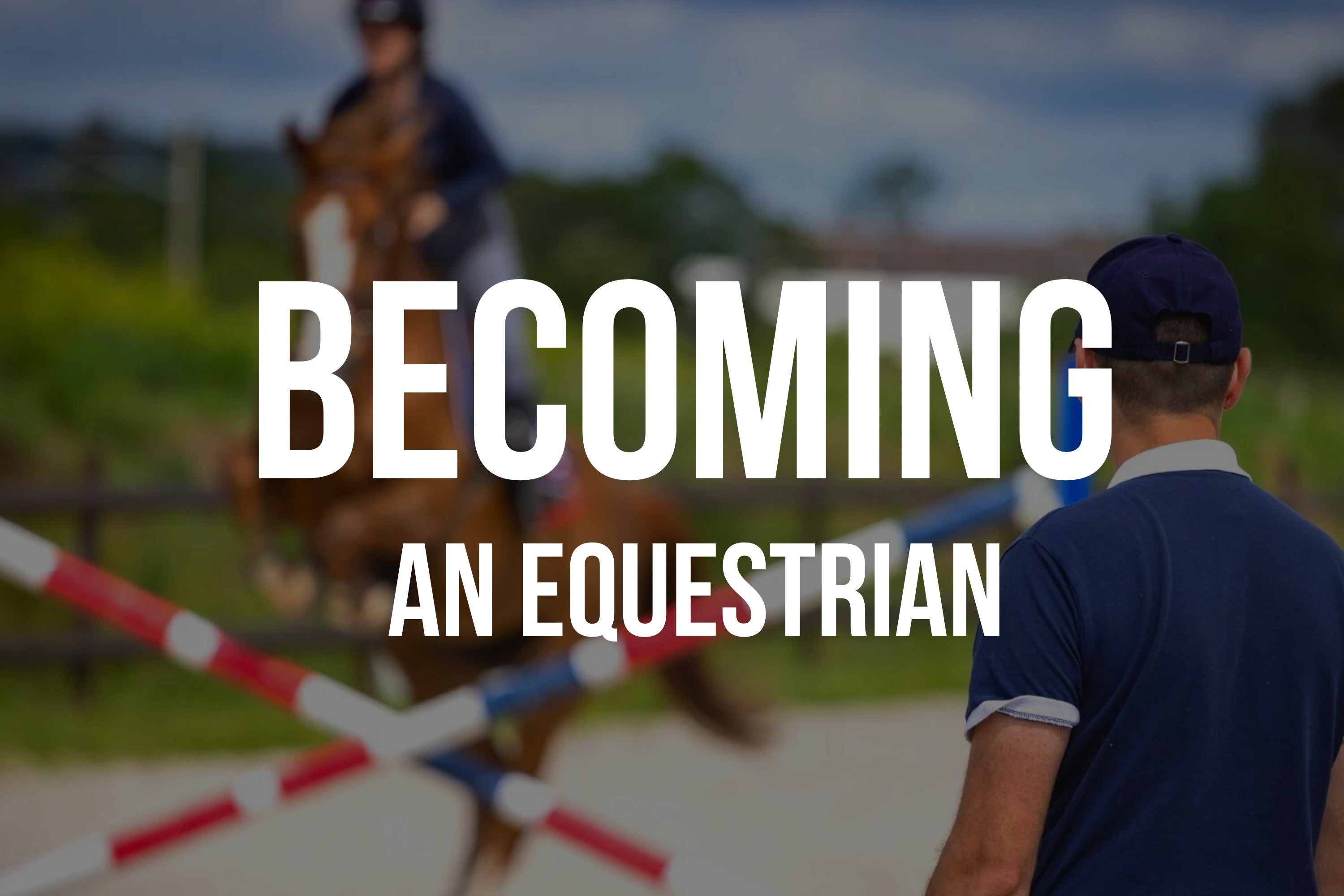
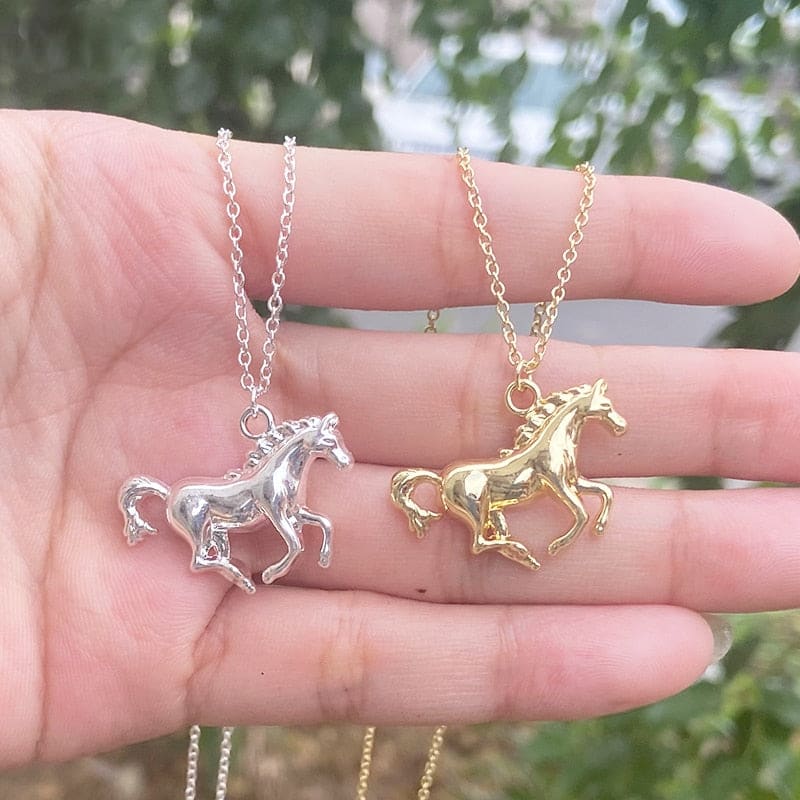
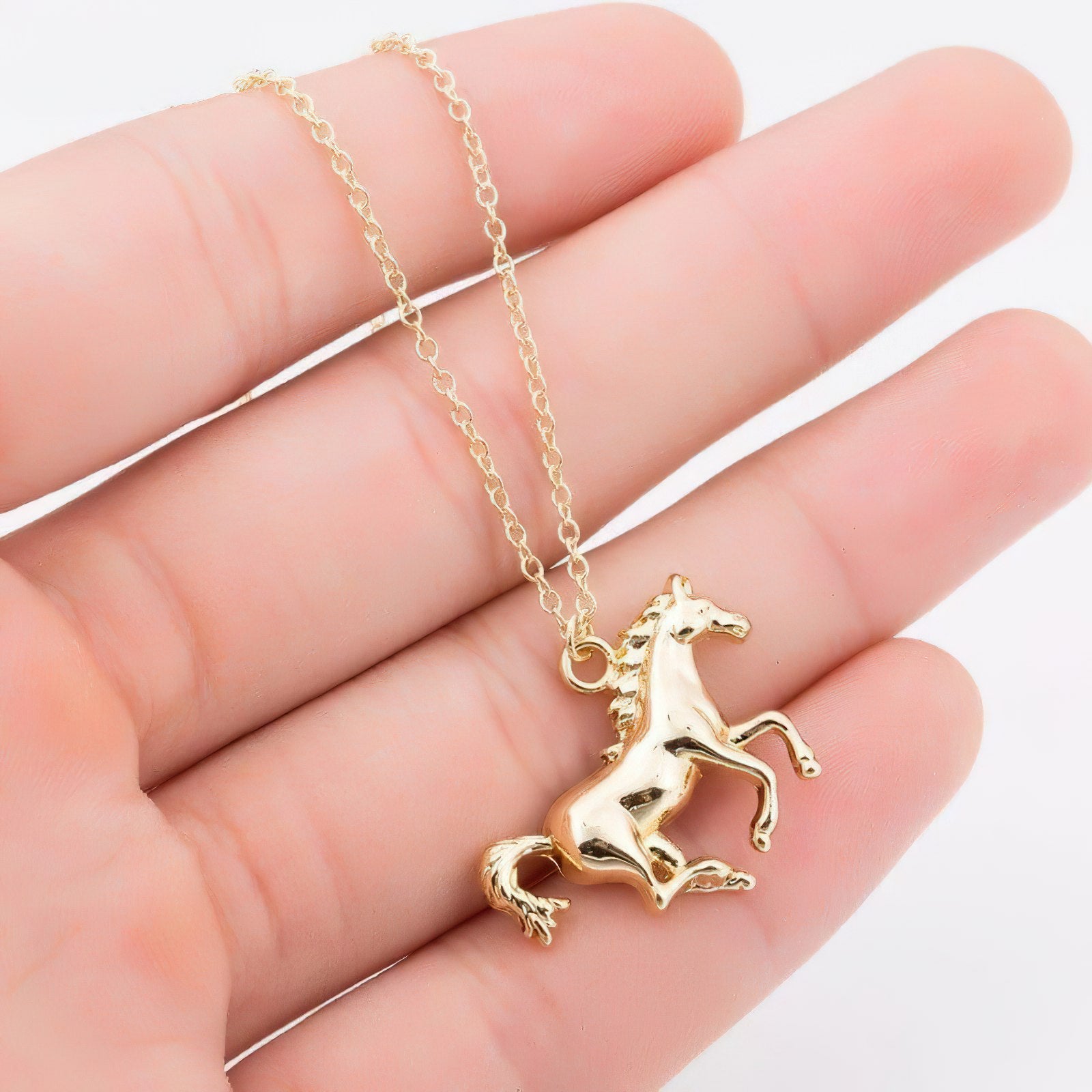

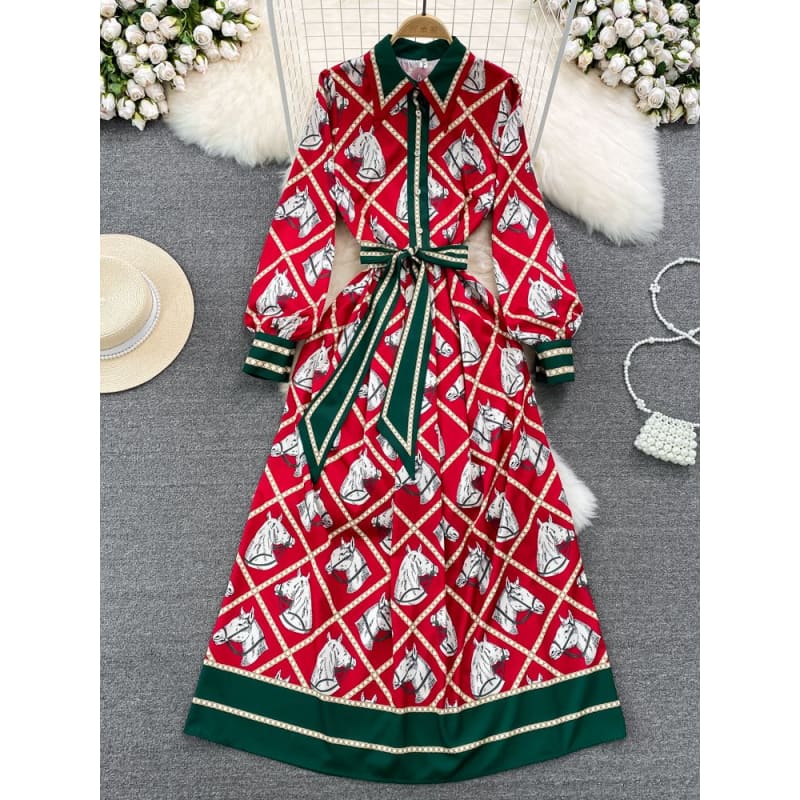
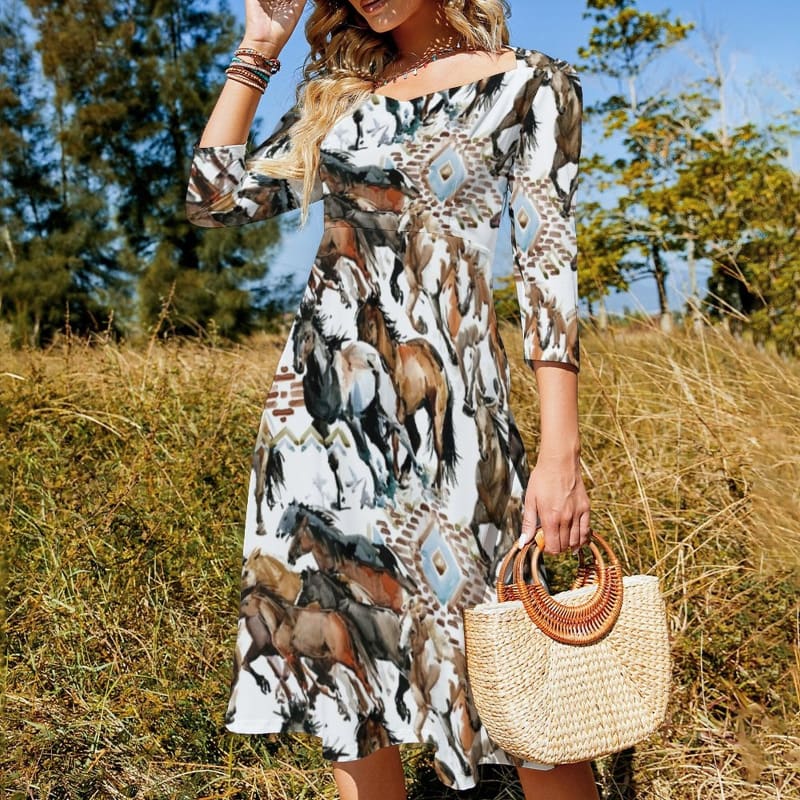



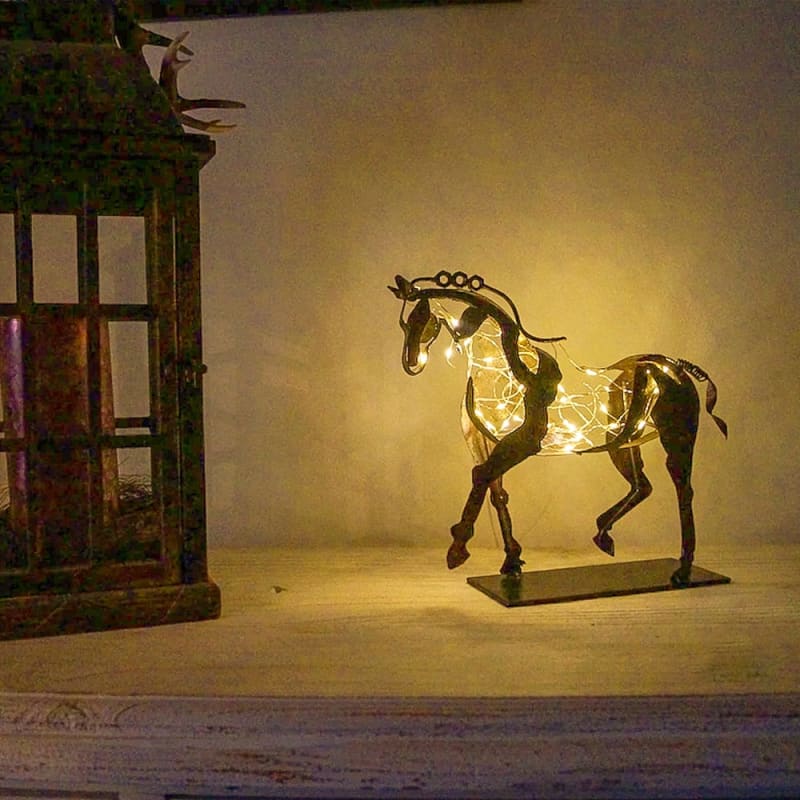

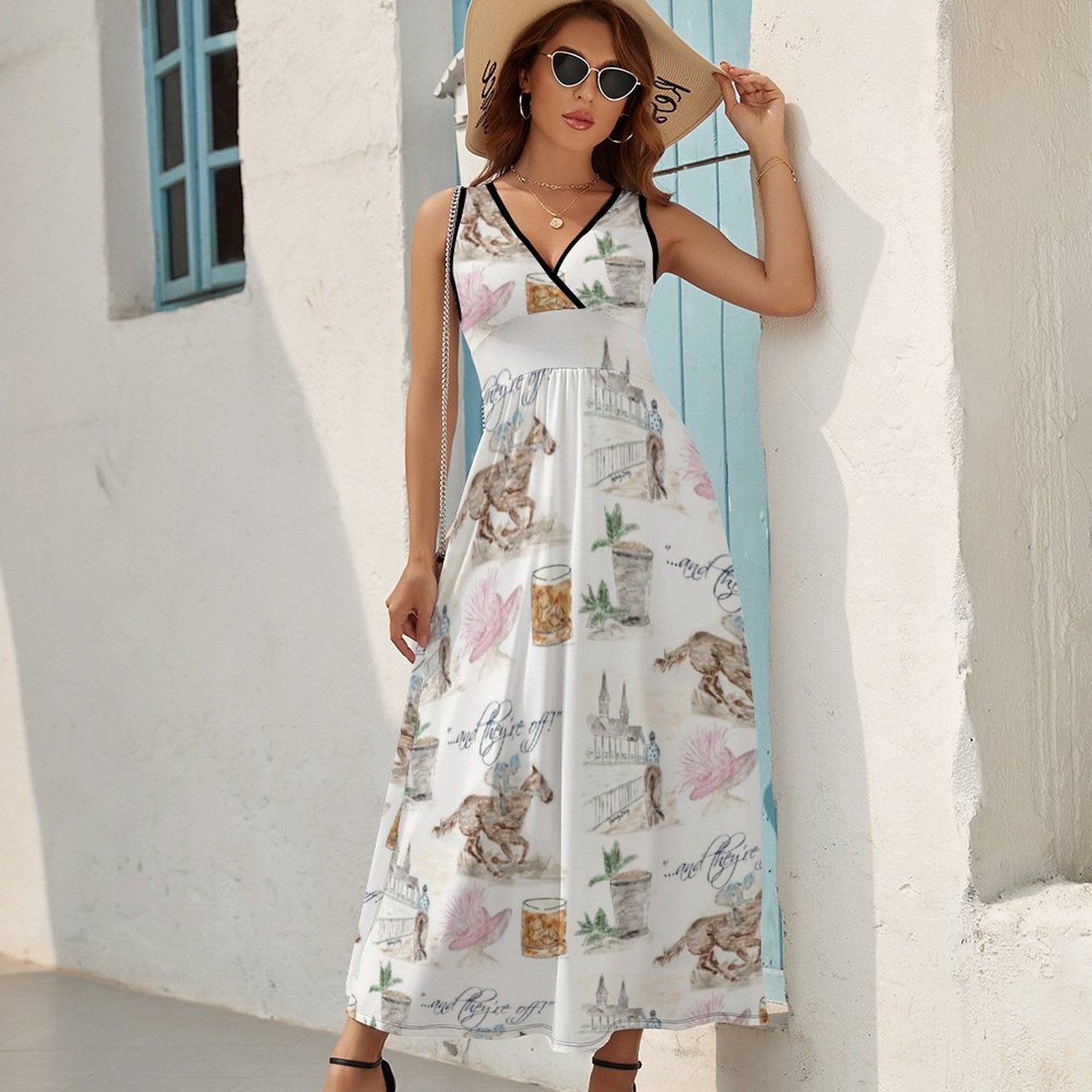


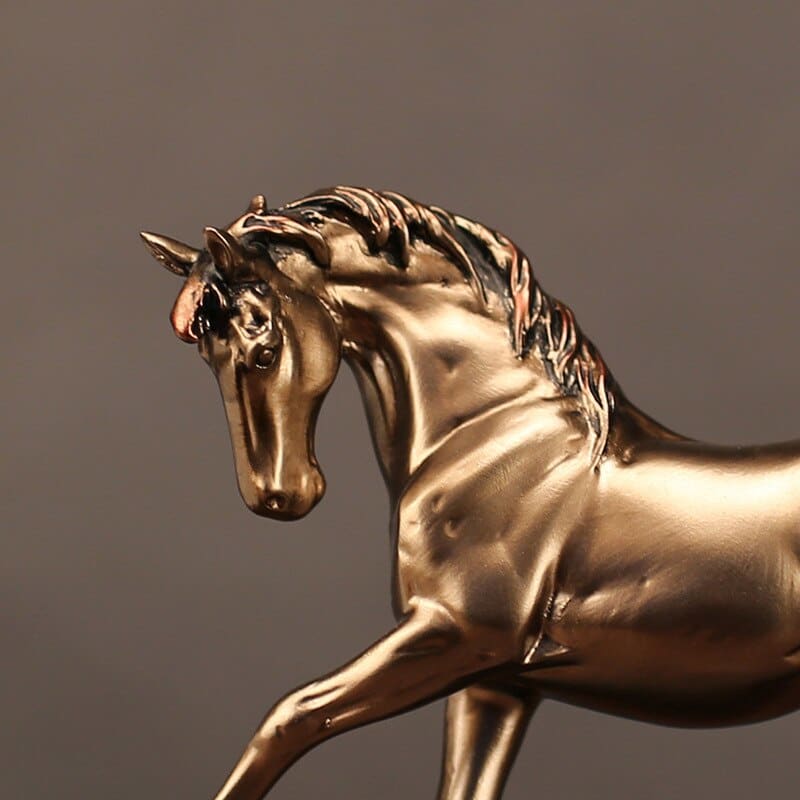
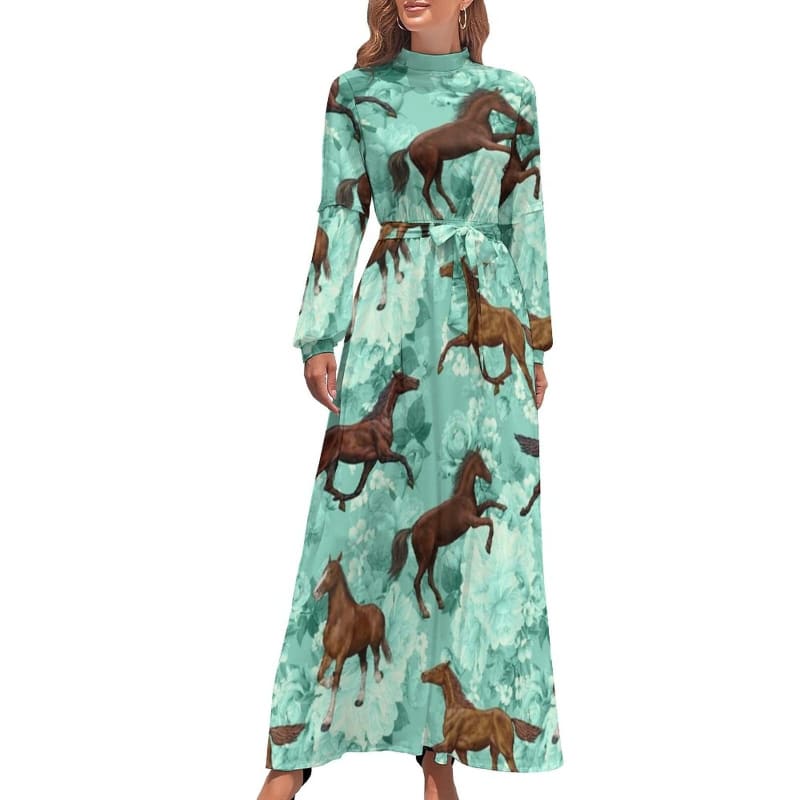
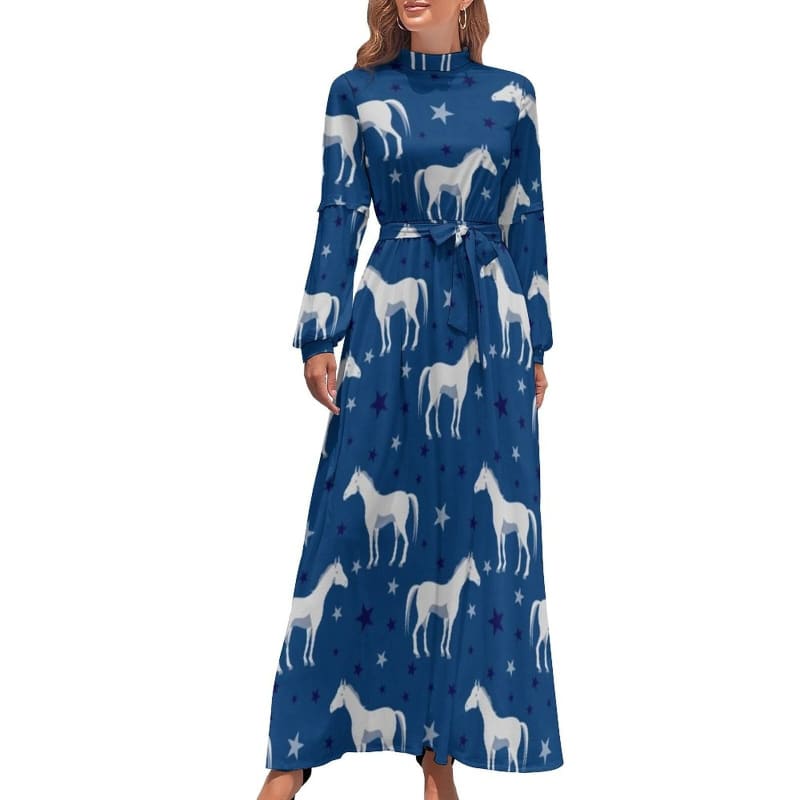


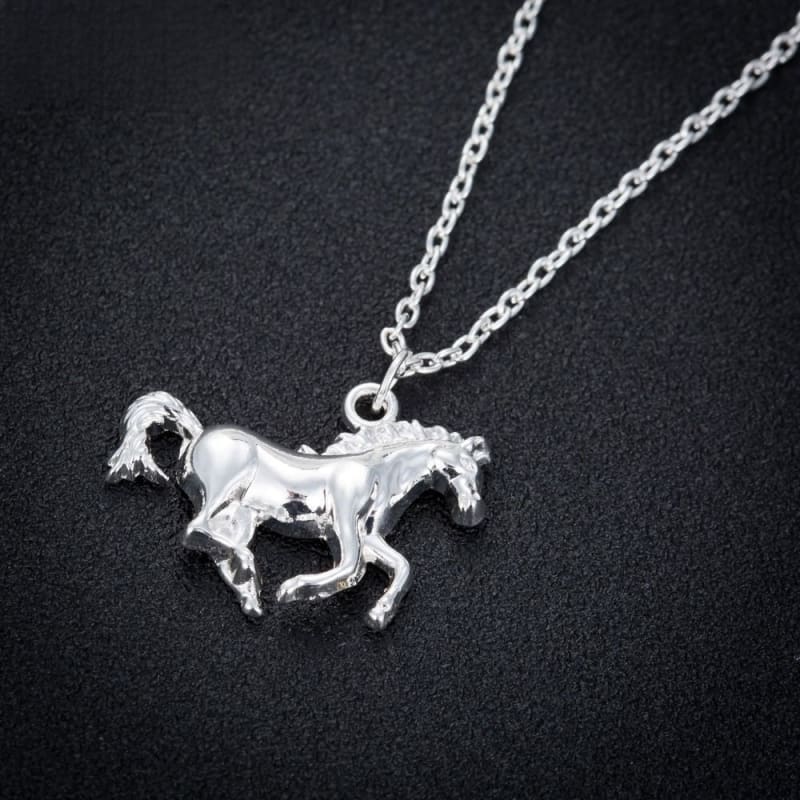
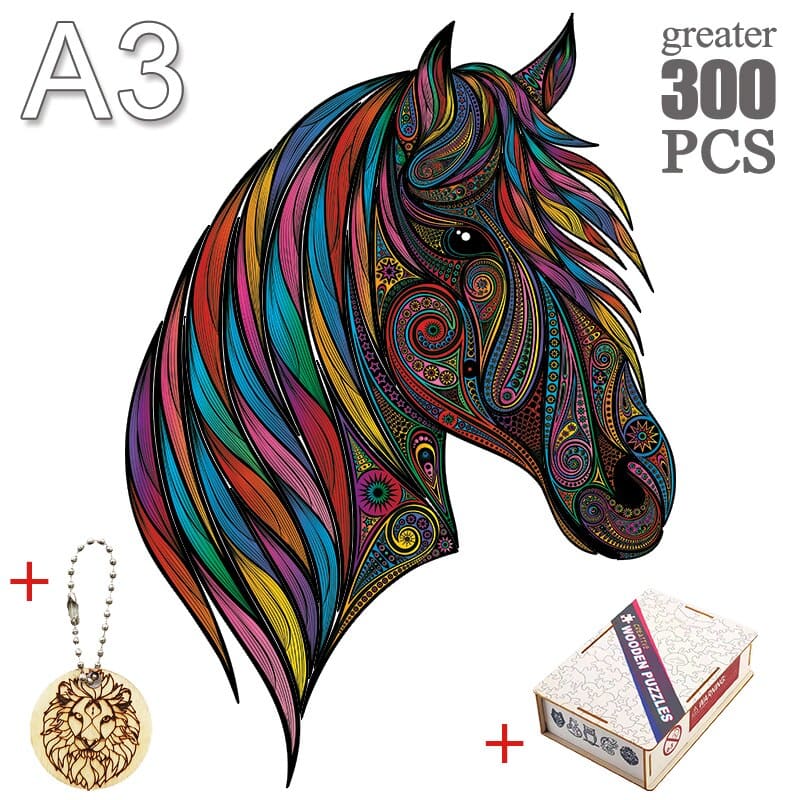
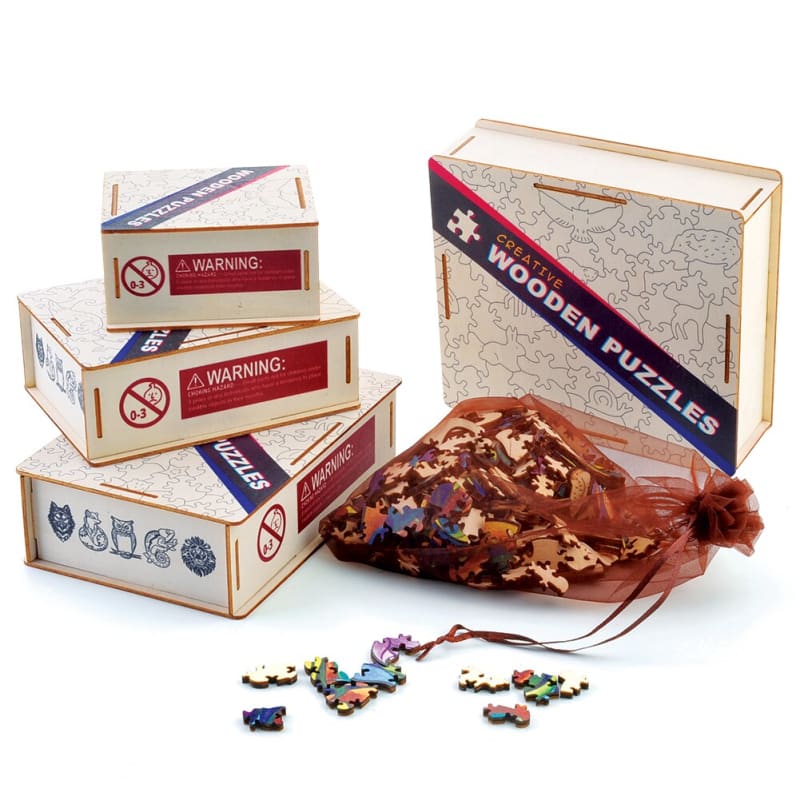
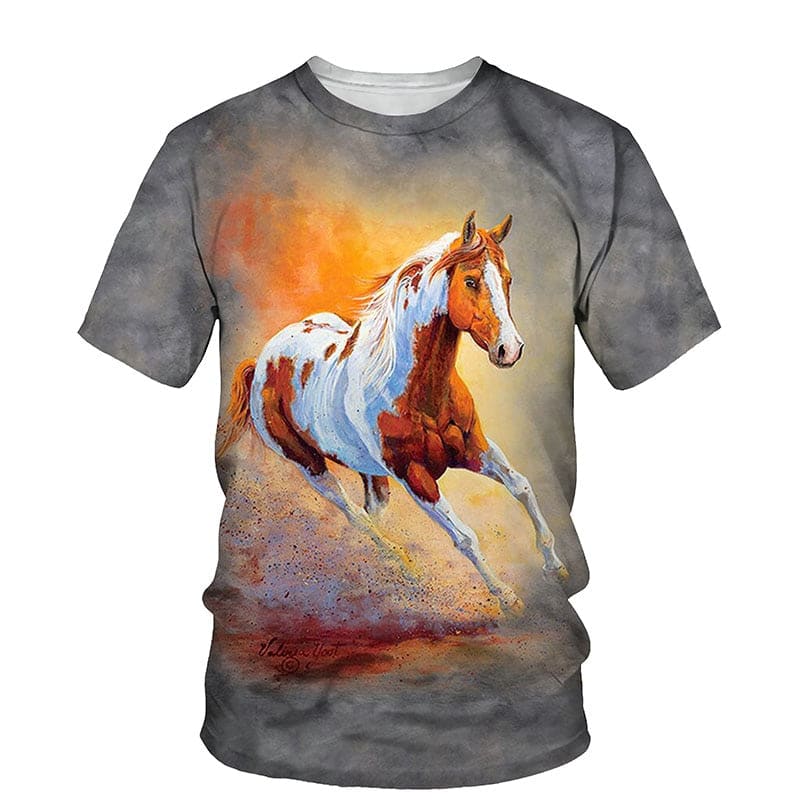

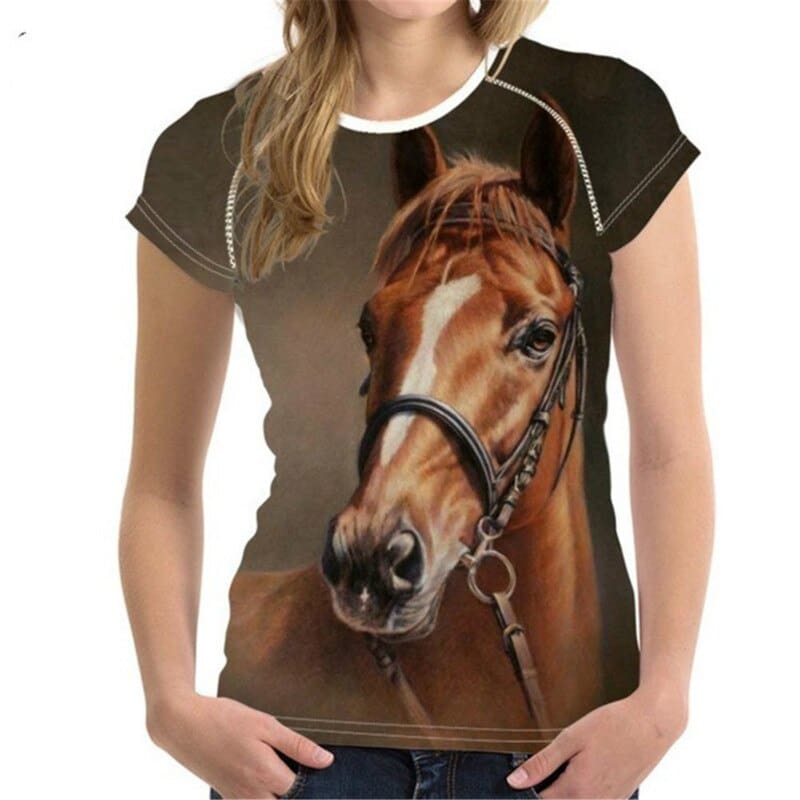
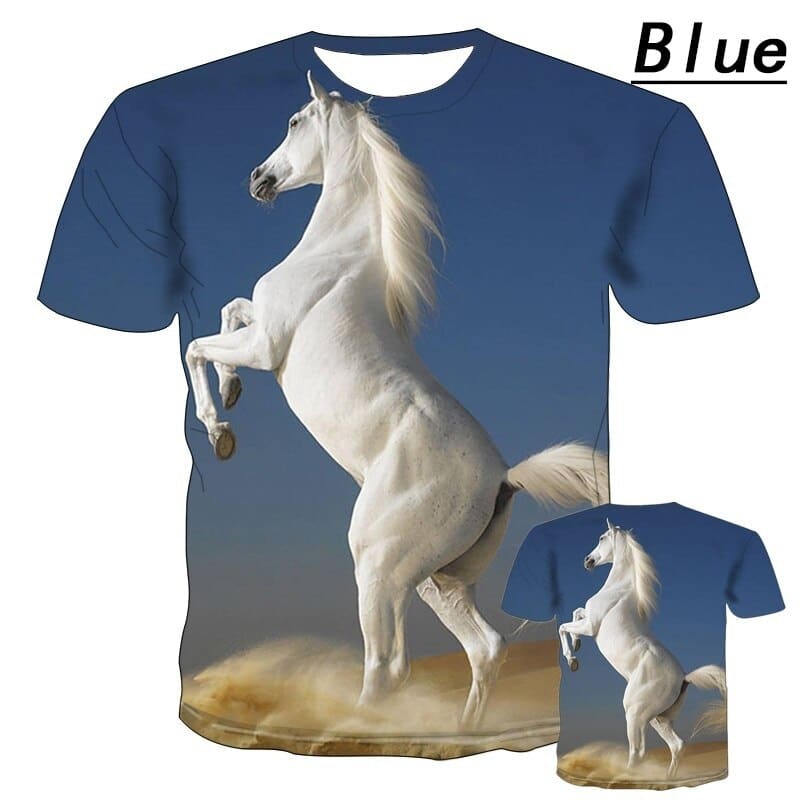

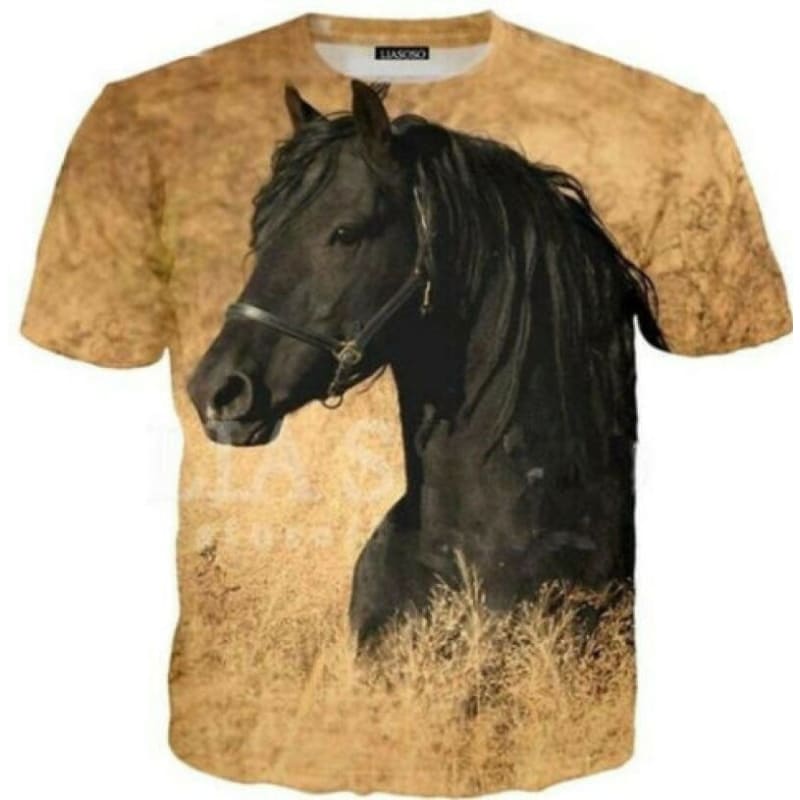
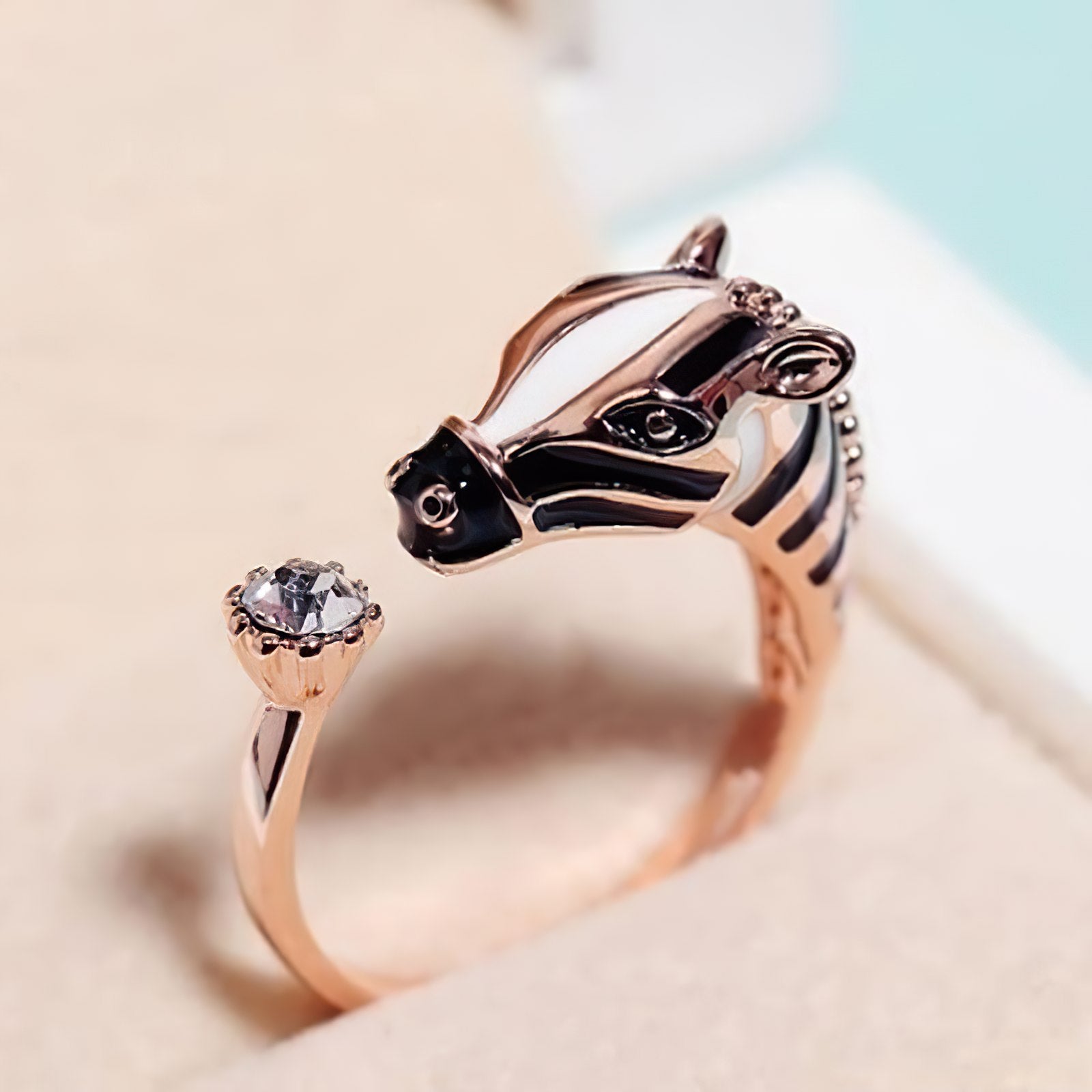





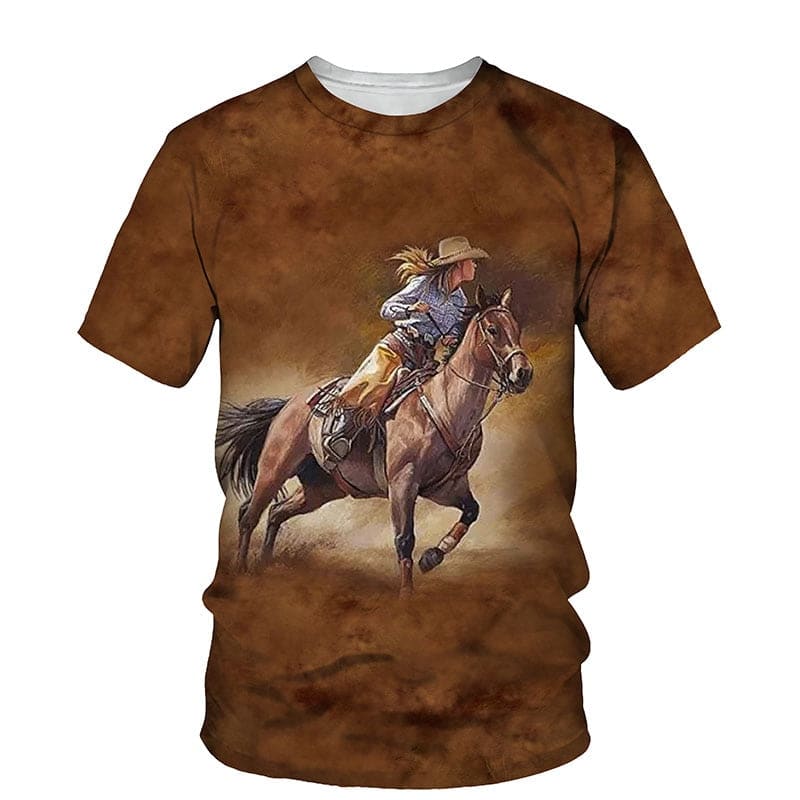


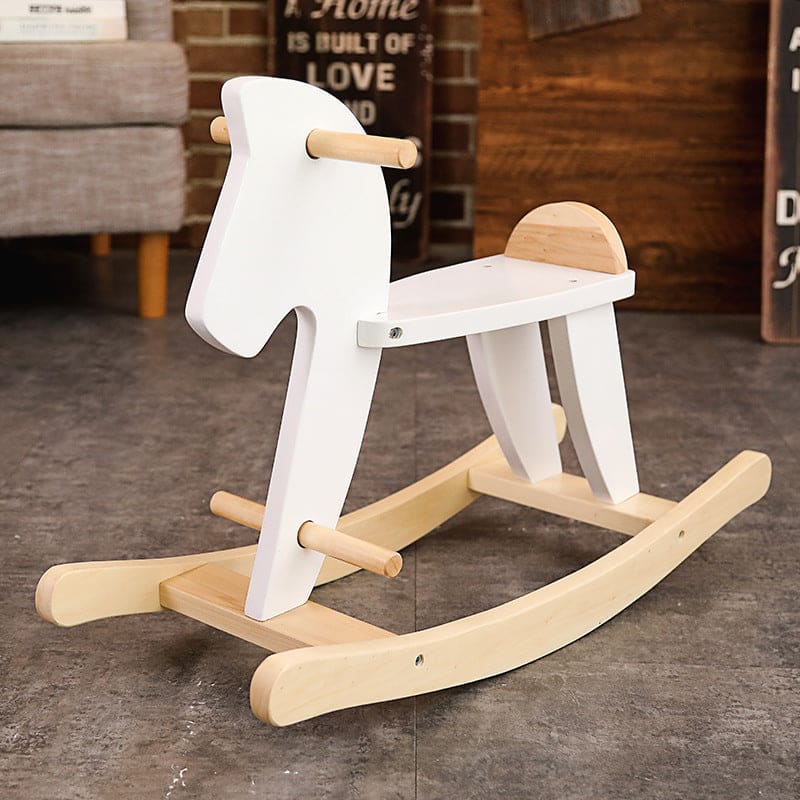

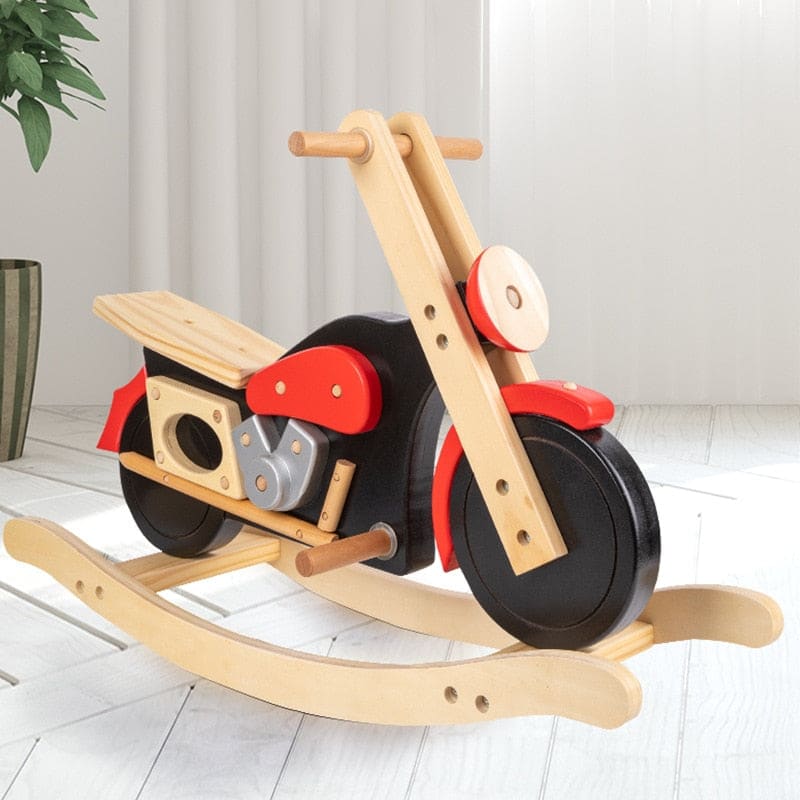
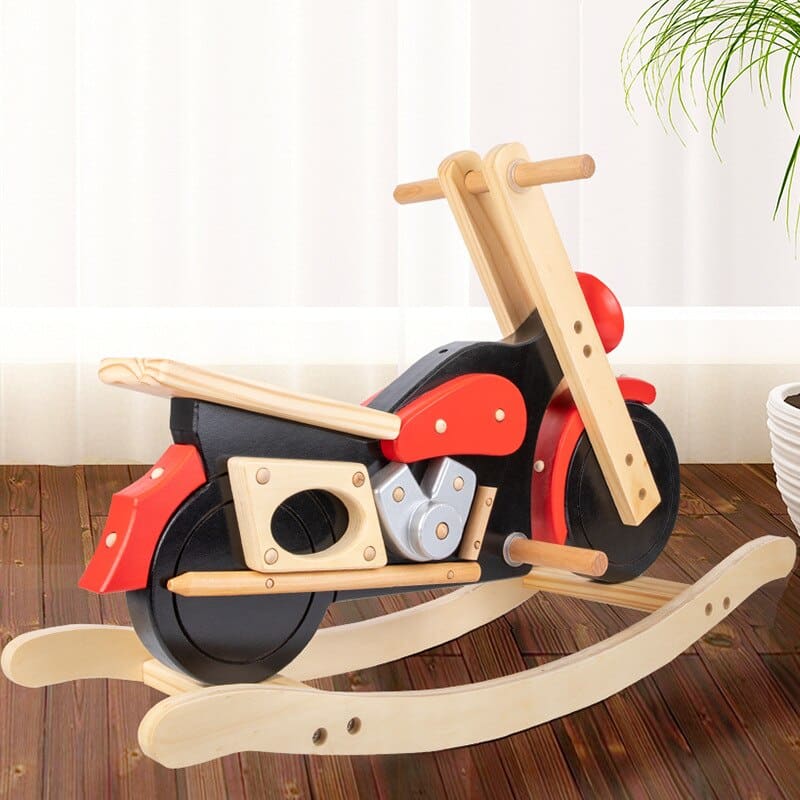


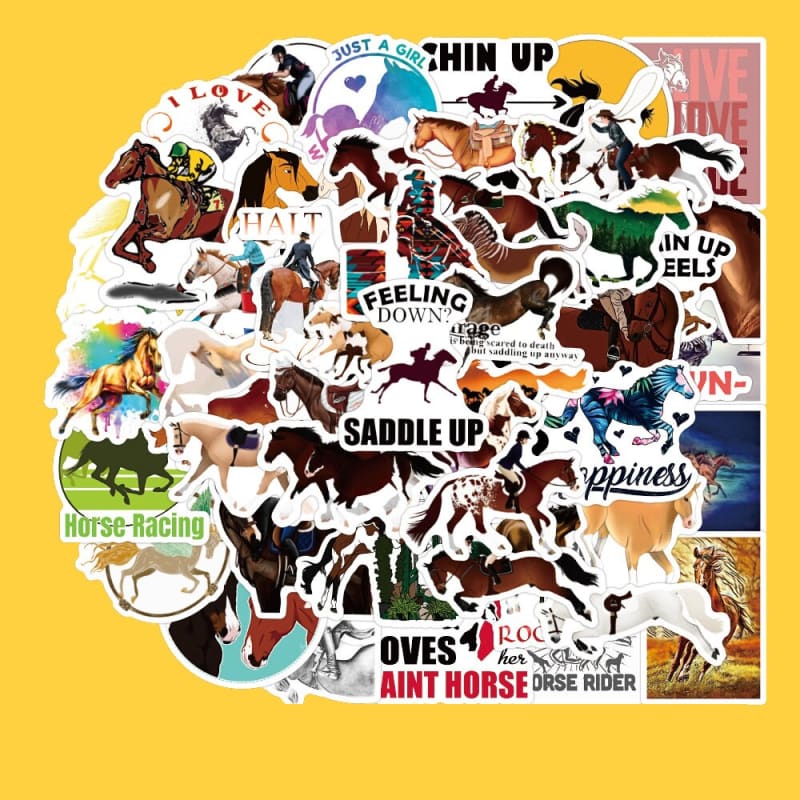

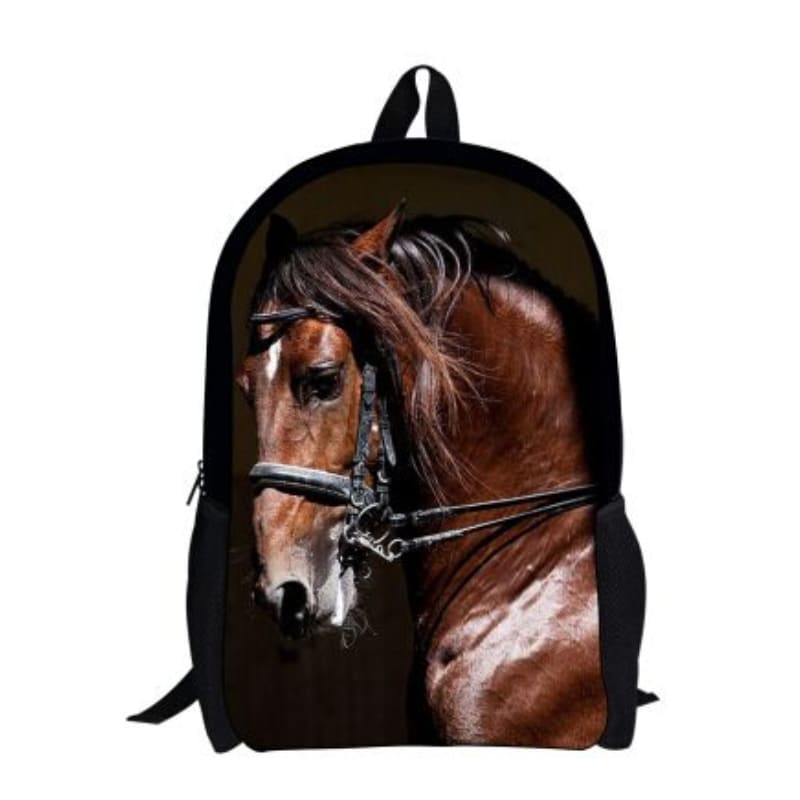


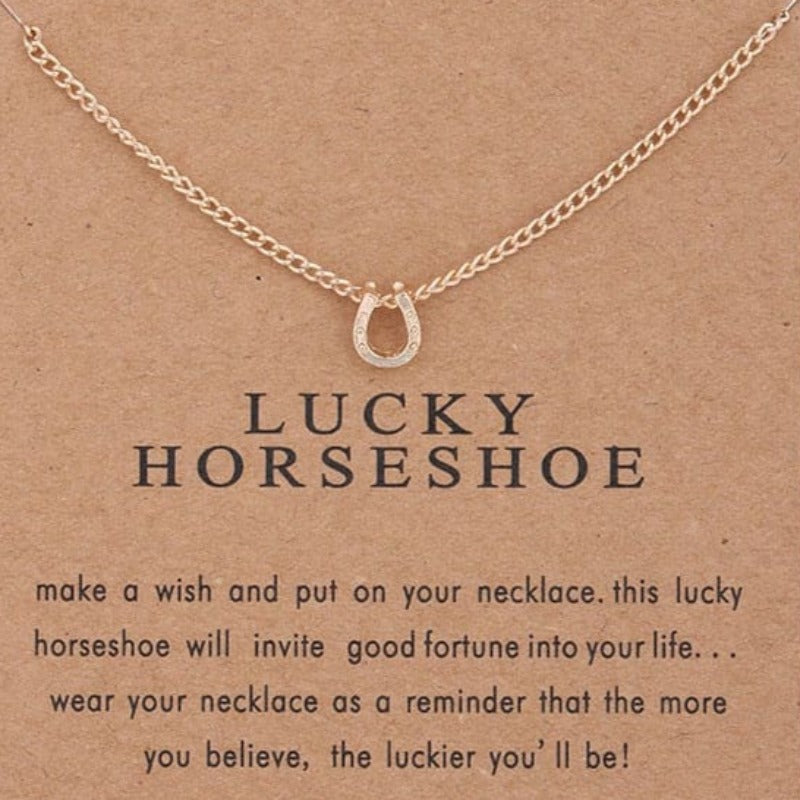
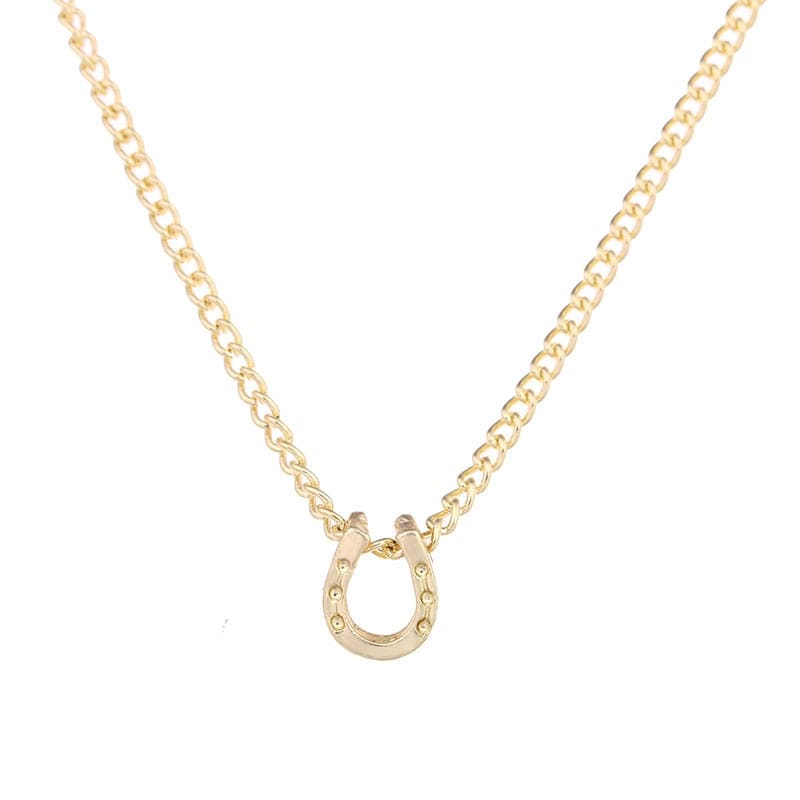

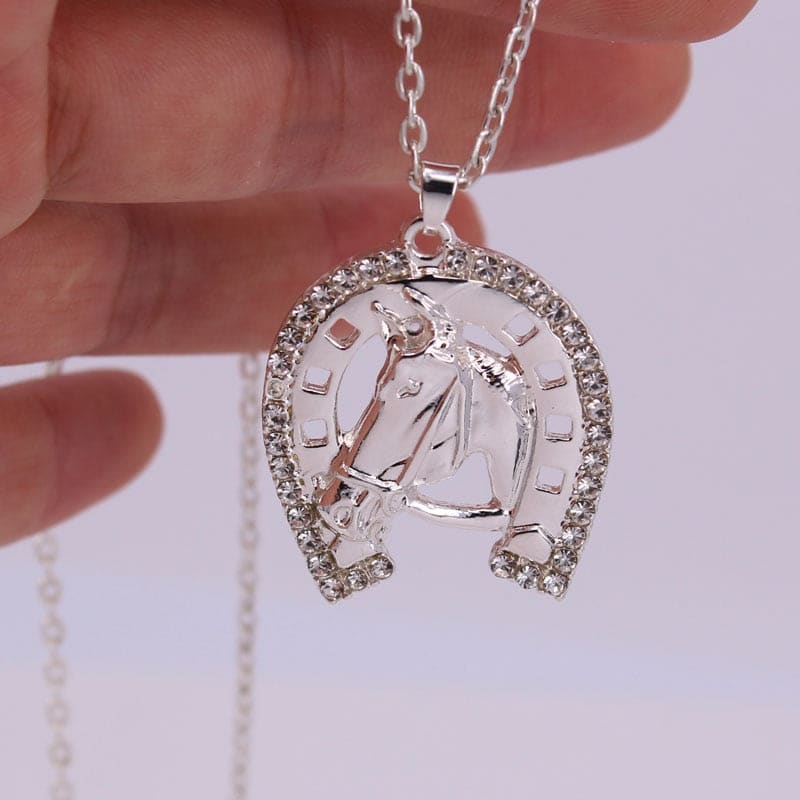




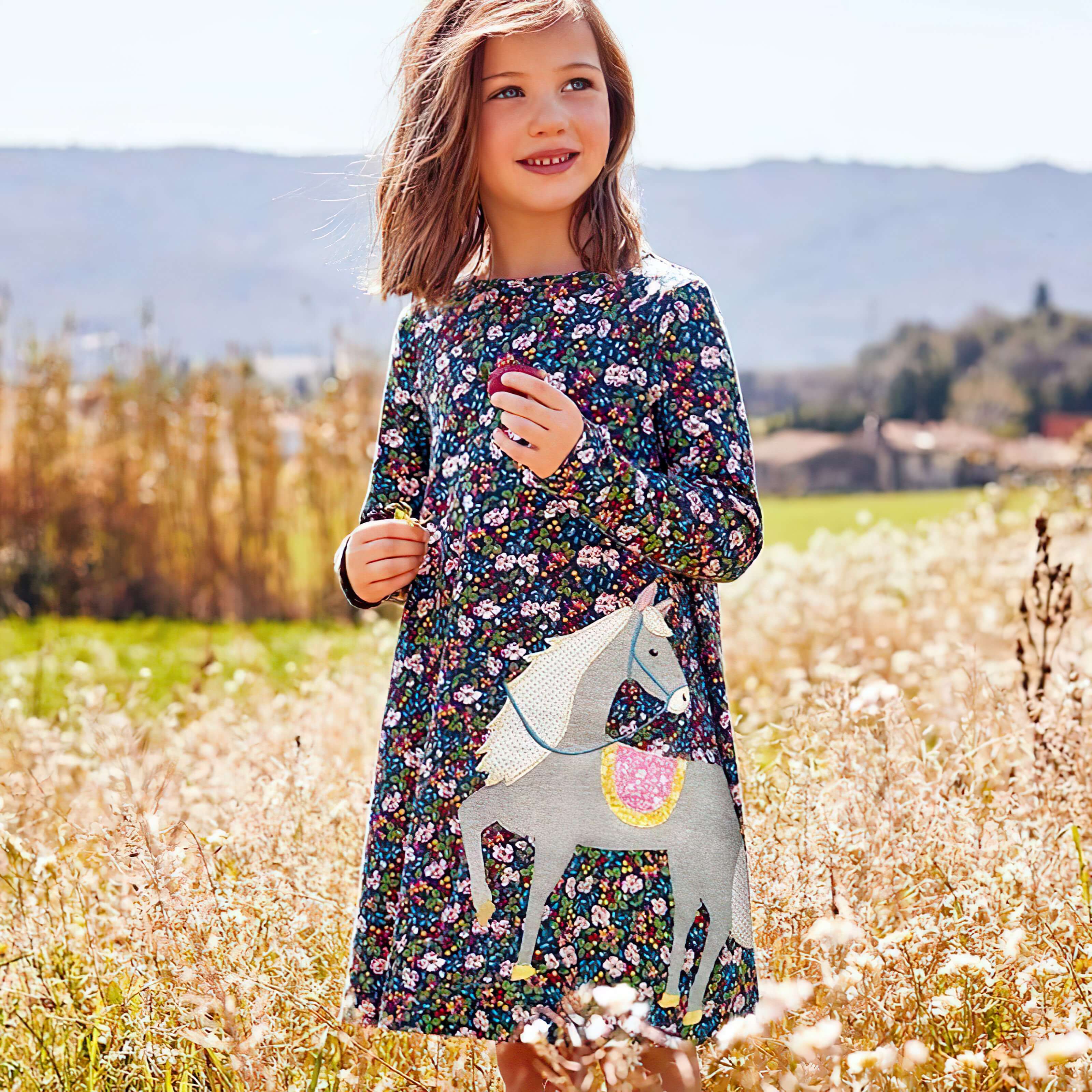

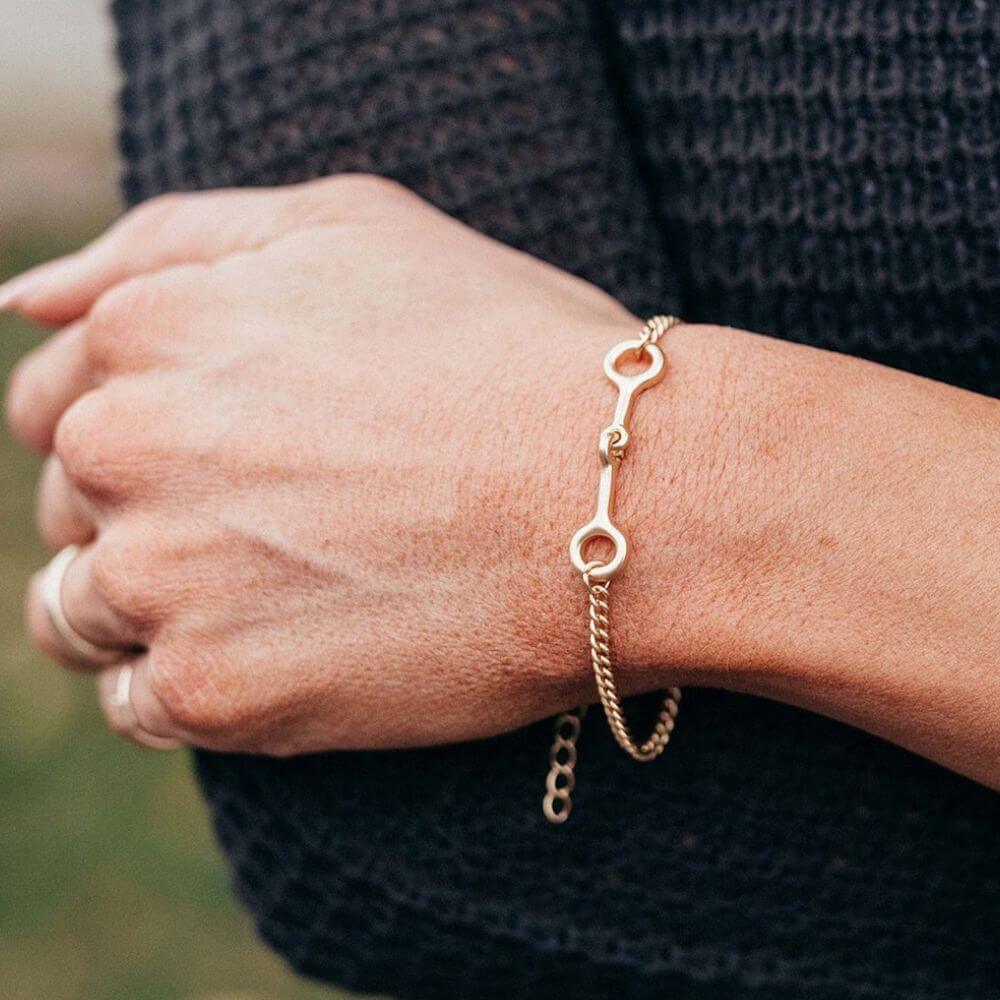
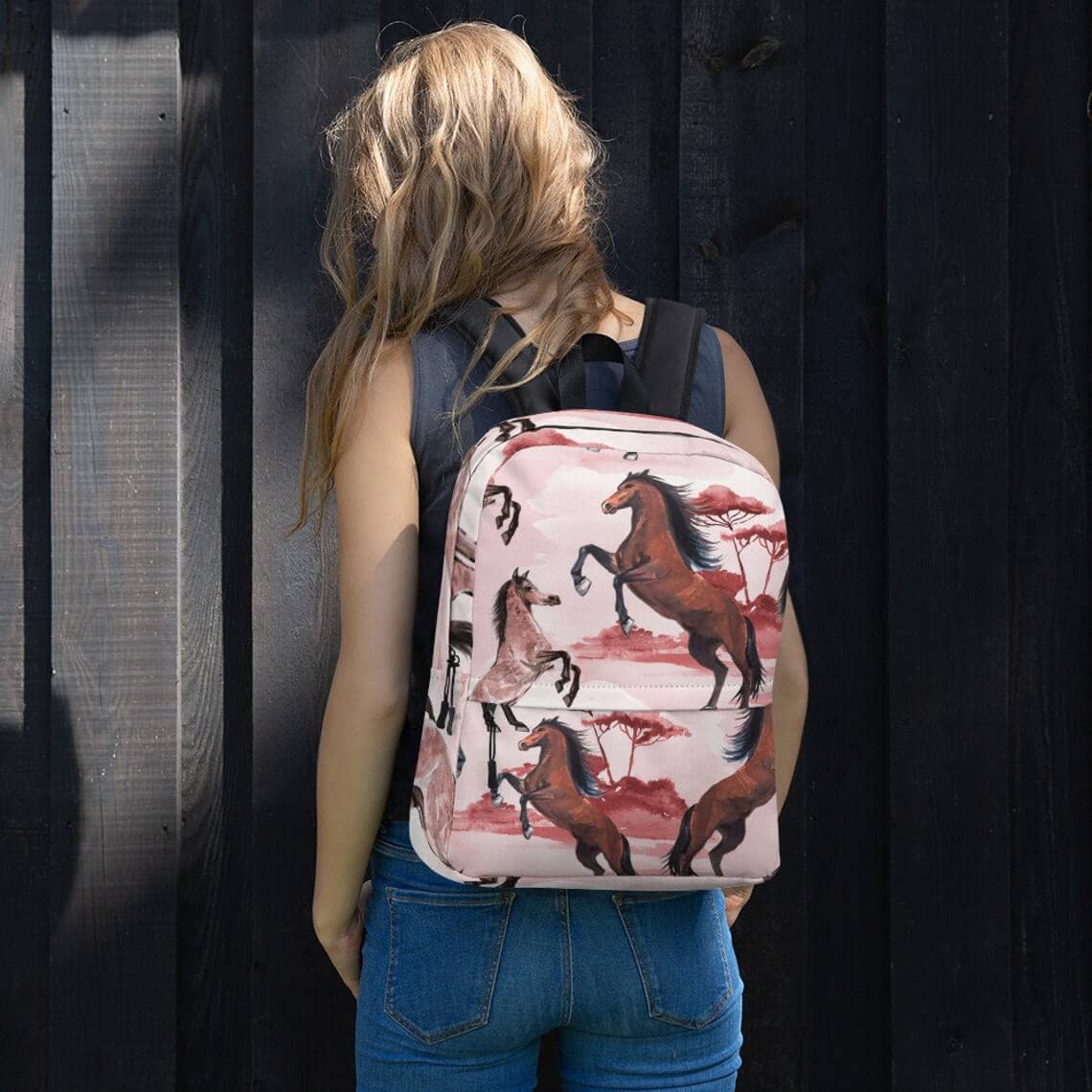

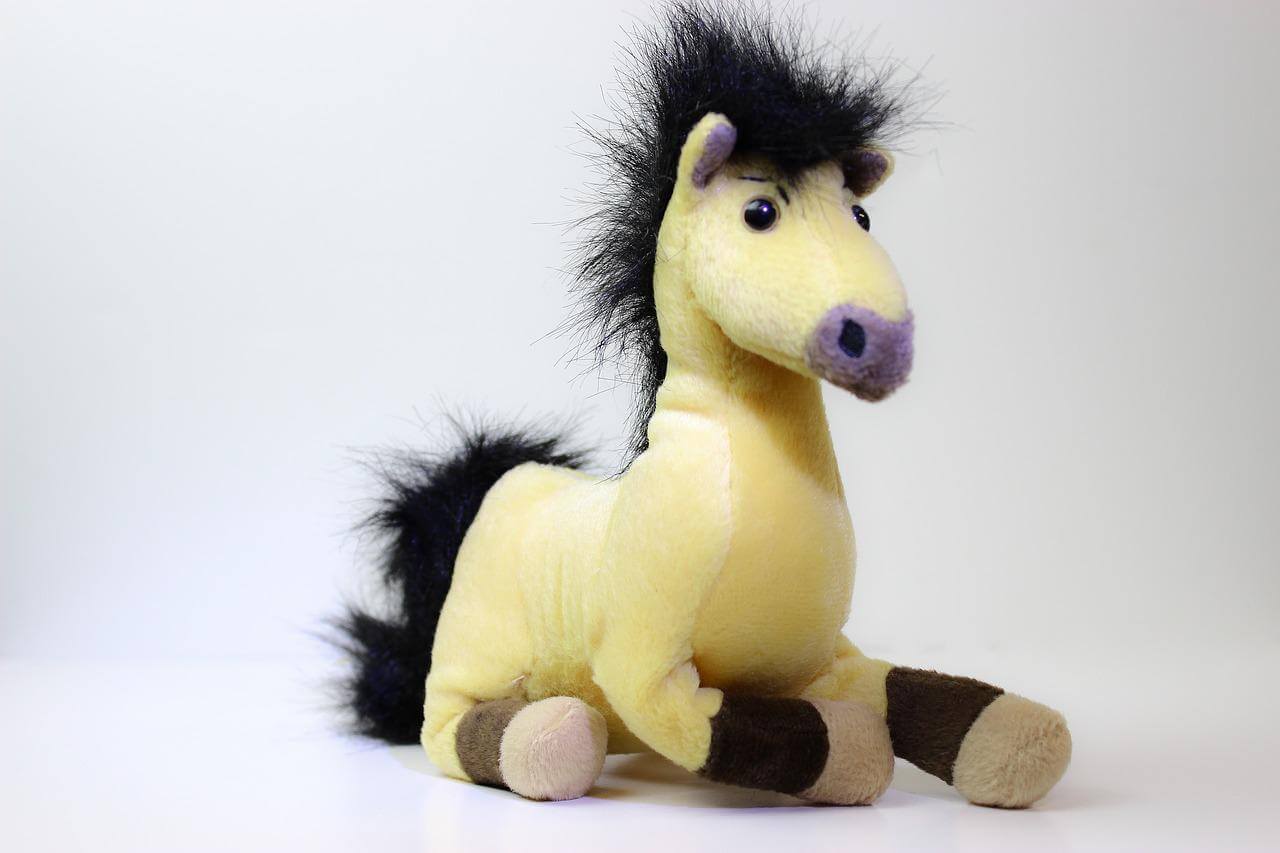
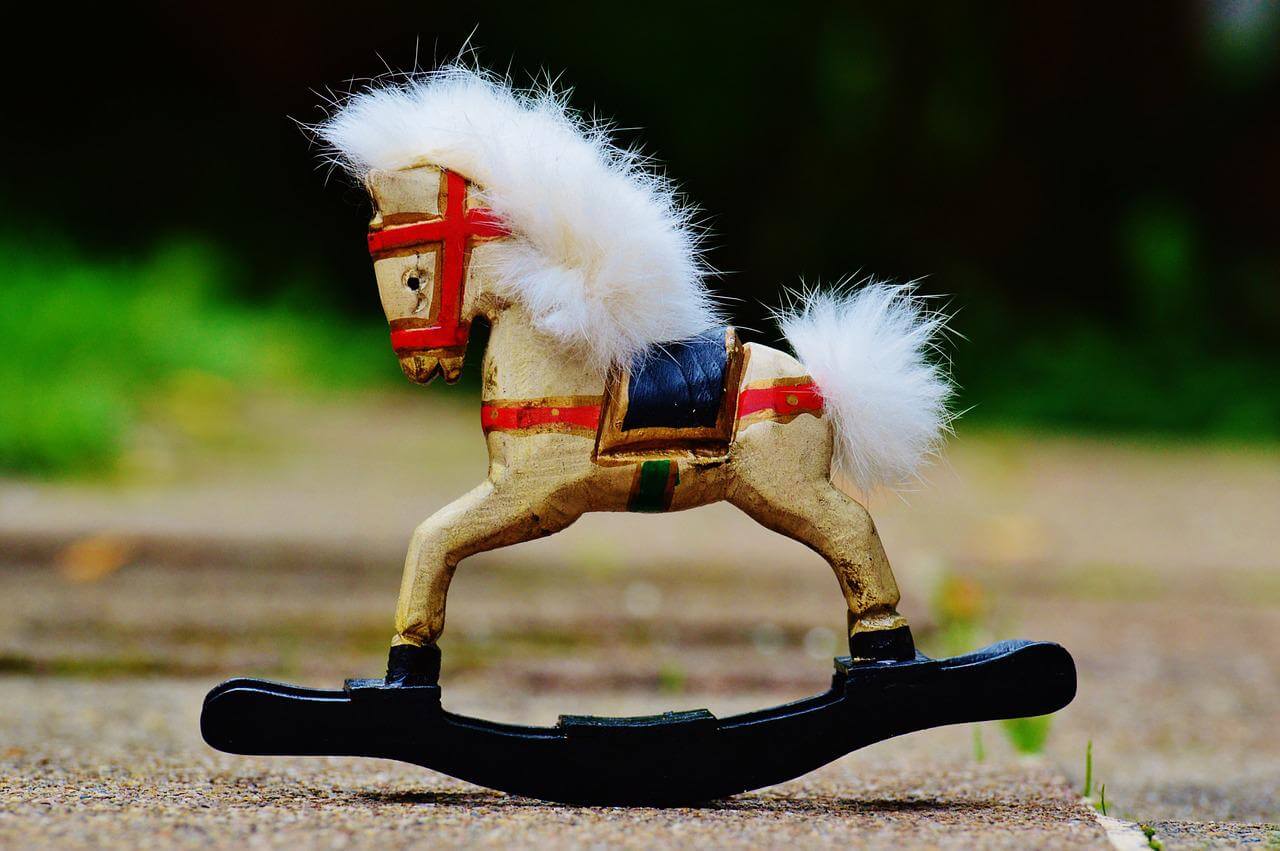
Leave a comment
All comments are moderated before being published.
This site is protected by reCAPTCHA and the Google Privacy Policy and Terms of Service apply.